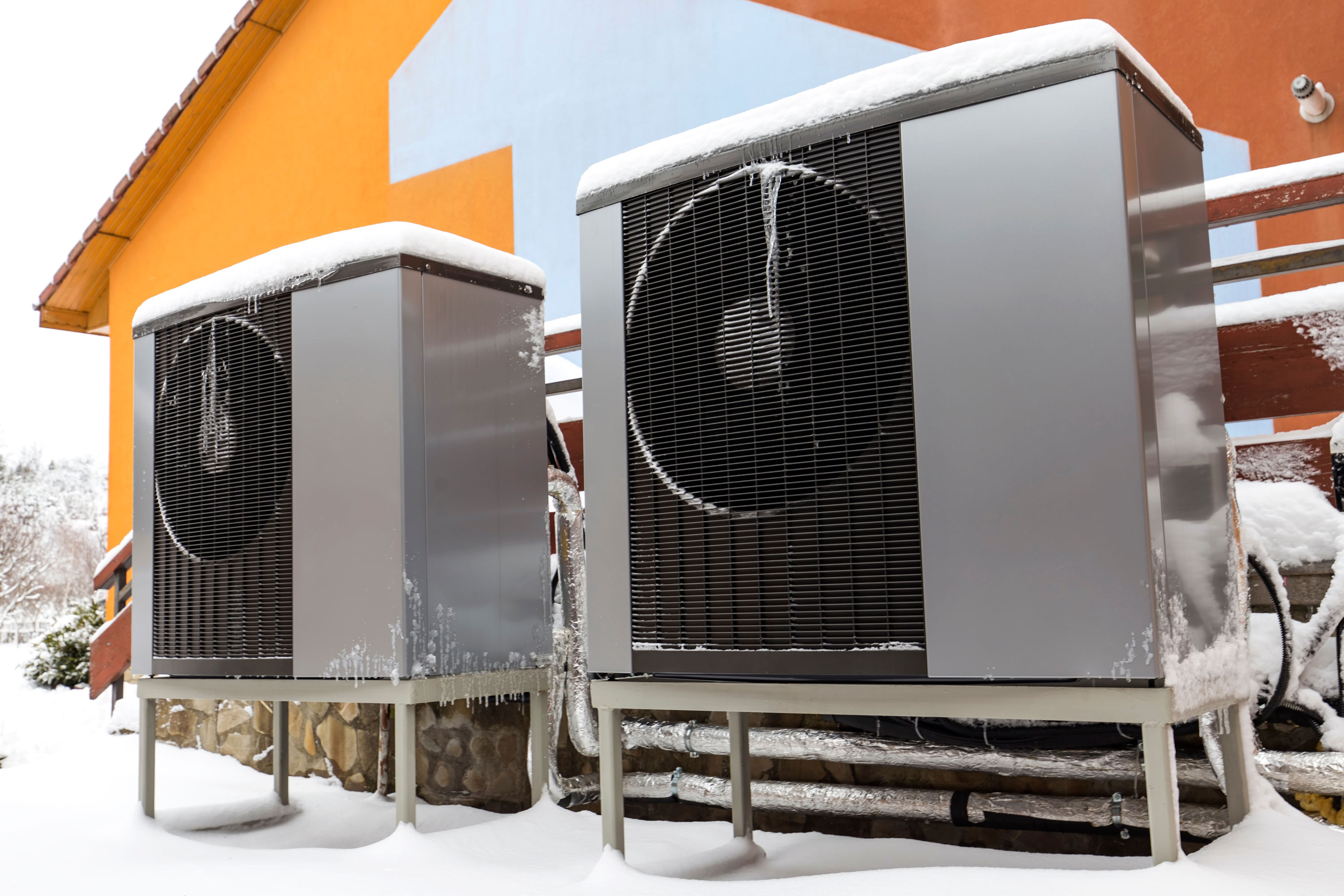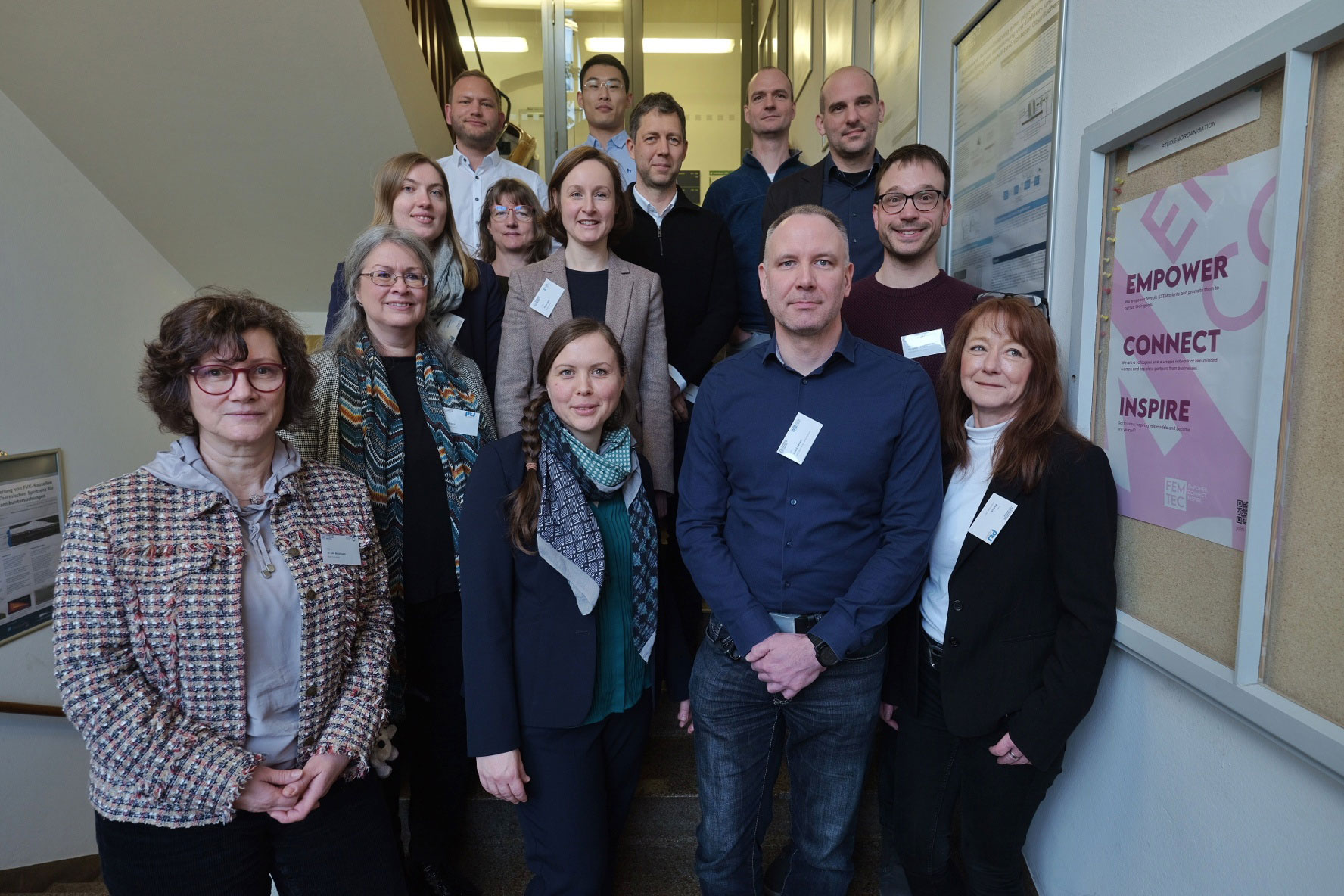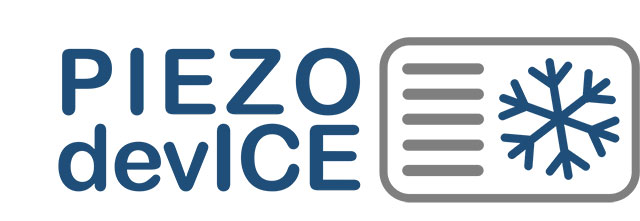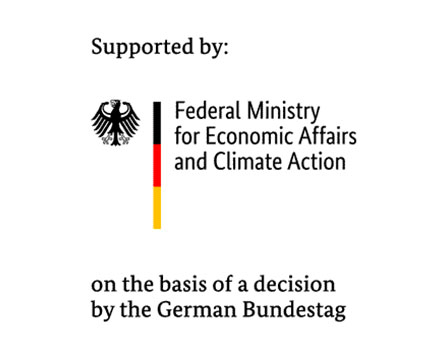Against the icing of heat pumps
Especially in winter, heat pumps can freeze up, which greatly minimizes their energy efficiency. The partners in the recently launched project PIEZOdevICE, funded by the German Federal Ministry of Economics and Climate Action (BMBF), want to counter this by developing strategies that minimize the additional energy required for defrosting and thus increase the COP value (coefficient of performance) of the heat pump.


Anti-icing strategies for energy-efficient heat pumps
The energy transition also requires a transformation in the heat supply. In addition to energy-efficient renovations, heat pumps are an important component in the conversion of heating systems.
Heat pumps use electricity to convert ambient heat from the air or ground into heating energy. How efficient they are depends on many factors. One regulating factor is the ambient temperature. If this drops to below 3.5 °C and the humidity rises to over 85 % at the same time, this can lead to icing on the air/refrigerant heat exchanger (evaporator). The layer of ice then must be defrosted, which results in increased electricity costs and a reduction in heating output.
The partners in the recently launched BMWK project PIEZOdevICE want to develop strategies to counteract icing. Two levers are being used to achieve this. Firstly, the surface of the evaporator is to be designed in such a way that hardly any water adheres to it. This will delay the formation of ice and speed up the defrosting process. Secondly, a system is to be developed that recognizes growing layers of ice and can also actively “shake them off”.
Combination of active and passive methods
Fraunhofer IKTS is contributing its expertise to the monitoring system to be developed: The system is based on plate waves that are fed into the evaporator by so-called piezo transducers (sensors that actively convert current into vibration and can passively receive vibrations) and are also read out. During passive readout, the sensors detect whether ice has already formed. If this is the case, ultrasonic waves are actively introduced by the transducers, which trigger high-frequency vibrations in the evaporator. These vibrations shake off the ice and should require less power than previous methods for defrosting.
Achieving the goal in small steps
At first, preliminary work is carried out on small laboratory samples and the heat pump's evaporator is analyzed to optimize the surface structure of the components. The focus is then on integrating the monitoring system into the heat pump. The analyses are supported by a comprehensive digitalization package.
The result will be a demonstrator for a new type of heat exchanger including an ice reduction function, which will confirm the functionality of the de-icing strategy.
About the project
The following partners are involved in the three-year PIEZOdevICE project:
- Glen Dimplex Deutschland GmbH
- Güntner GmbH & Co. KG
- Fusion Bionic GmbH
- WiE GmbH - factory for industrial electronics
- Fraunhofer Institute for Ceramic Technologies and Systems IKTS
- Technische Universität Dresden

